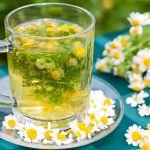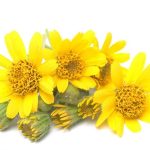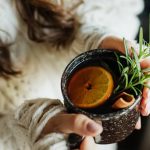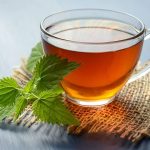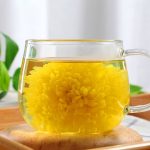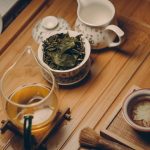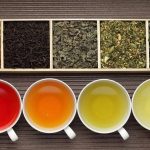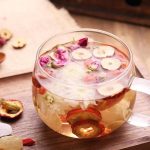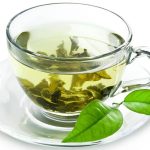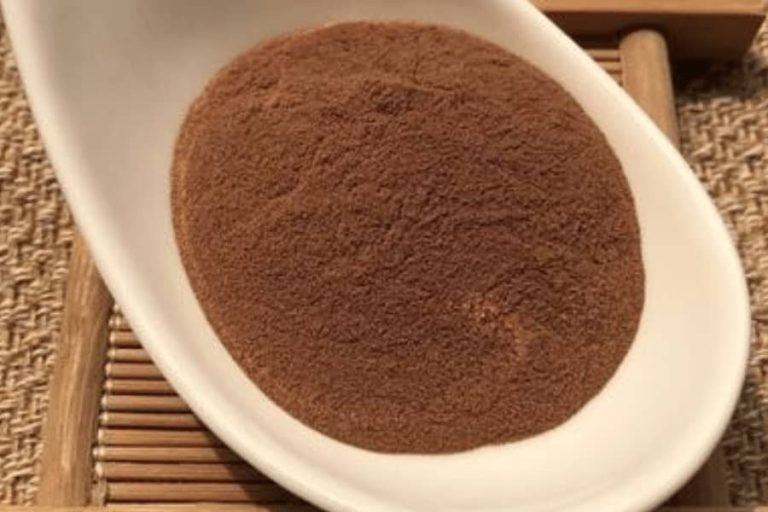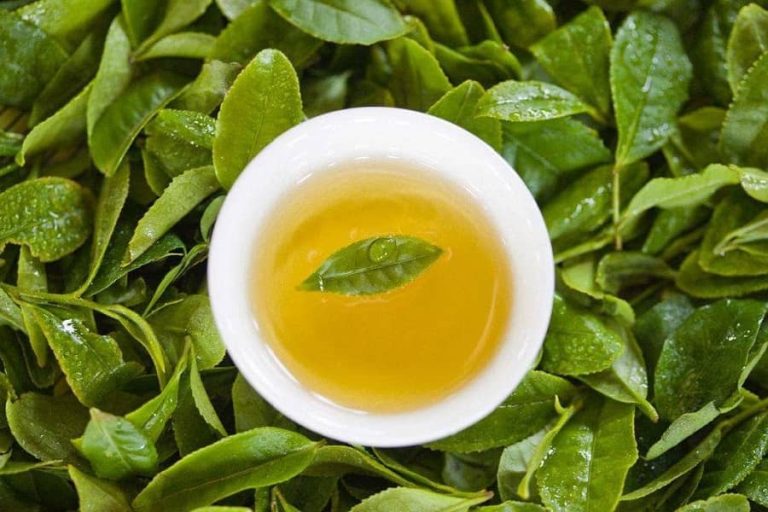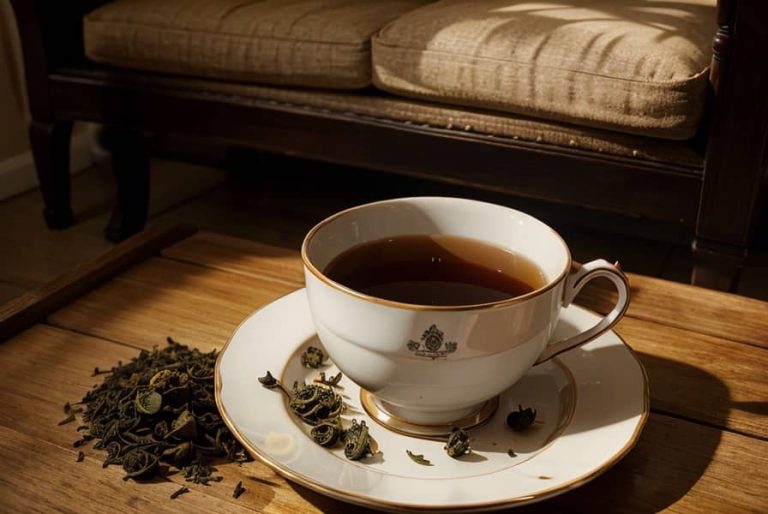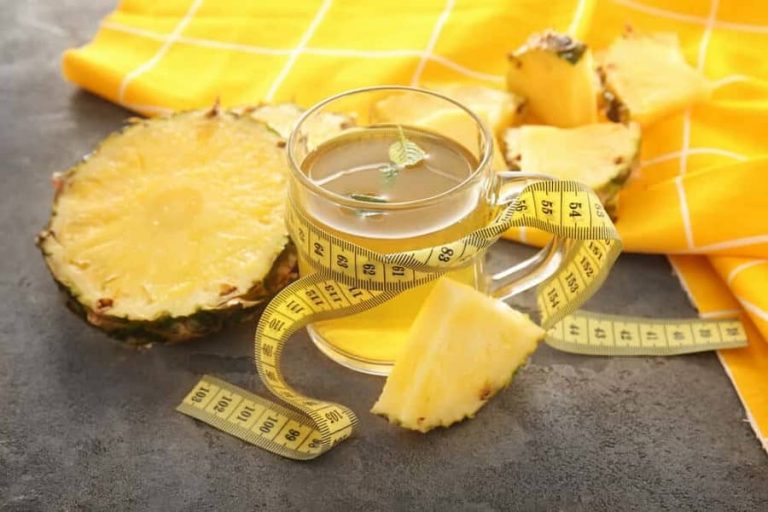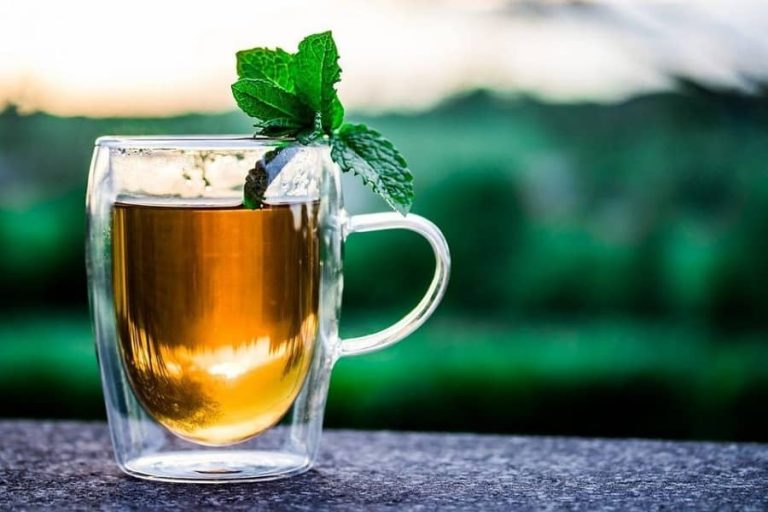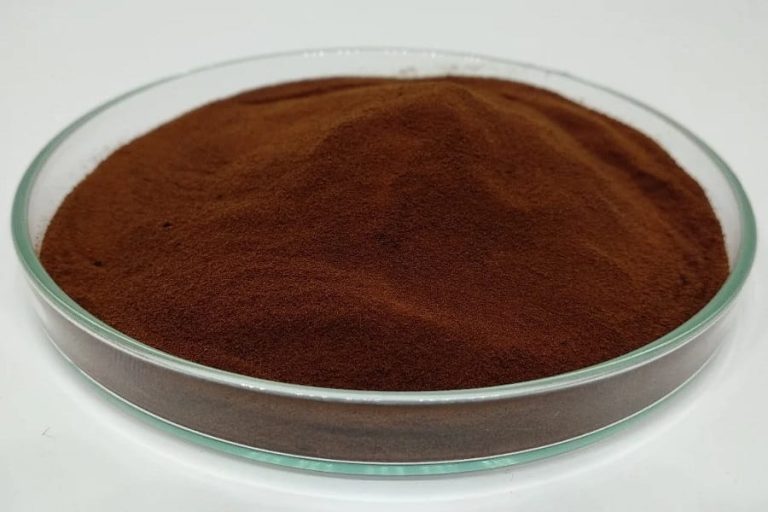Tea from India: A Journey of Aromatic Bliss
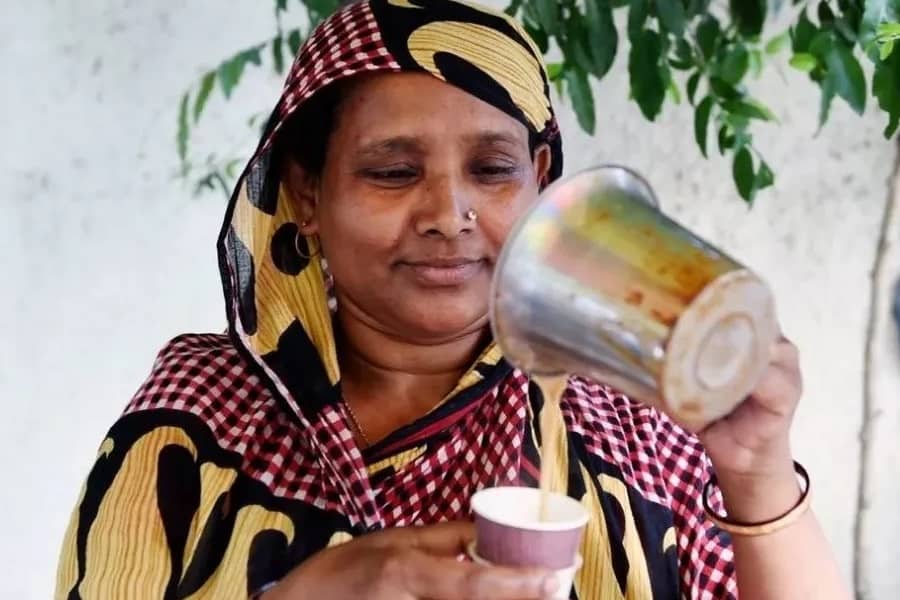
Tea has long been an integral part of Indian culture, with a rich heritage dating back centuries. It holds a special place as the nation’s beloved beverage, enjoyed by people from all walks of life. In this article, we will embark on a delightful exploration of the various types of tea that originate from different regions of India, each offering its own distinct flavors, aromas, and cultural significance.
I. Assam Tea: Bold and Robust Flavors
Assam, located in northeastern India, is famous for producing bold and robust teas. The region’s unique geography, characterized by lush valleys and the mighty Brahmaputra River, contributes to the tea’s distinctive characteristics. Assam tea is known for its rich, full-bodied flavor, deep amber liquor, and malty notes. Popular varieties include the tippy golden flowery orange pekoe (TGFOP) and broken orange pekoe (BOP). Assam tea is best enjoyed with a splash of milk and lends itself well to breakfast blends.
II. Darjeeling Tea: The Champagne of Teas
Nestled in the foothills of the Himalayas, the Darjeeling region produces some of the world’s finest teas. Referred to as the “Champagne of Teas,” Darjeeling tea is treasured for its delicate aroma, muscatel flavor, and light, golden liquor. The tea gardens here experience cool temperatures, mists, and abundant rainfall, creating a unique terroir. The tea is harvested in three flushes: first flush, second flush, and autumnal flush, each with its own character. Darjeeling tea is best enjoyed without milk to fully appreciate its nuanced flavors.
III. Nilgiri Tea: Smooth and Refreshing Delight
Situated in the southern state of Tamil Nadu, the Nilgiri region is known for producing smooth and refreshing teas. The moderate climate, high altitude, and a mix of tropical and subtropical influences contribute to the tea’s unique flavor profile. Nilgiri tea exhibits bright, brisk flavors with subtle floral and fruity undertones. It is often used in iced teas and blends well with aromatic herbs and spices. Nilgiri tea is a popular choice for those seeking a refreshing cuppa any time of day.
IV. Kangra Tea: The Unsung Hero
Located in the picturesque Kangra Valley of Himachal Pradesh, Kangra tea is an unsung hero in the Indian tea industry. This lesser-known region produces teas with a character influenced by its high altitude and cool climate. Kangra tea boasts delicate flavors with hints of muscatel and citrus, reminiscent of Darjeeling tea. Despite facing challenges, the Kangra tea industry is experiencing a revival, with a focus on artisanal production and promoting sustainability. Exploring and supporting Kangra teas helps sustain local farmers and preserve this unique tea heritage.
V. Masala Chai: A Spiced Symphony
No exploration of Indian tea would be complete without mentioning masala chai, a spiced tea that has become synonymous with Indian culture. Masala chai is made by brewing Assam or Darjeeling tea leaves with a blend of aromatic spices such as cardamom, cinnamon, cloves, ginger, and black pepper. This flavorful concoction is often simmered with milk and sweetened with sugar or honey. It offers a harmonious balance of robust tea and warming spices, creating a sensory delight that has gained popularity worldwide.
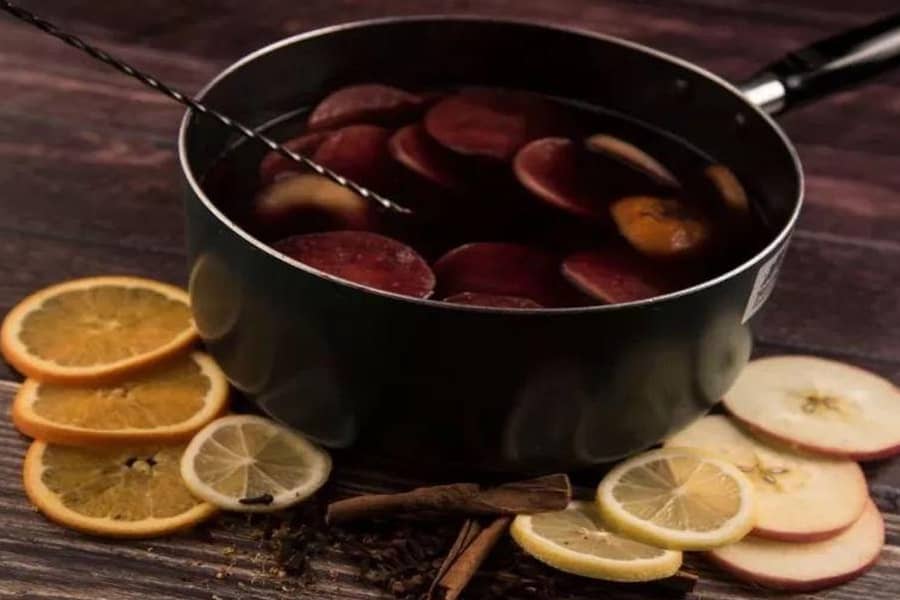
FAQ About Tea Indiano
- What is the most famous tea from India?
The most famous tea from India is Darjeeling tea. Known as the “Champagne of Teas,” it is celebrated for its delicate flavor, muscatel notes, and light golden liquor. - What is Assam tea?
Assam tea is a type of black tea that originates from the northeastern state of Assam in India. It is known for its bold, malty flavor, full-bodied character, and deep amber liquor. - How is Darjeeling tea different from other Indian teas?
Darjeeling tea is different from other Indian teas due to its unique terroir. Grown in the Himalayan foothills, it has a distinctive muscatel flavor, gentle aroma, and light liquor compared to the bolder flavors of Assam or Nilgiri teas. - Is Indian tea strong?
Indian teas can vary in strength depending on the region and type of tea. Assam teas are typically stronger and more robust, while Darjeeling teas are milder and more nuanced. Nilgiri teas offer a balanced strength, and Kangra teas are usually delicate. - Can I drink Indian tea without milk?
Yes, you can definitely drink Indian tea without milk. Darjeeling tea, in particular, is renowned for its delicate flavors and is often enjoyed without milk to fully appreciate its nuances. However, it’s a matter of personal preference, and you can enjoy Indian tea with or without milk according to your taste. - Are Indian teas suitable for making iced tea?
Yes, Indian teas, such as Nilgiri tea, are excellent choices for making iced tea. Their smooth and refreshing flavors blend well with ice, allowing you to enjoy a cool and invigorating beverage. - How do I brew Indian tea properly?
To brew Indian tea, bring fresh water to a boil and steep the tea leaves for 3-5 minutes, depending on the type and strength desired. Strain the leaves and adjust the brewing time or tea-to-water ratio according to your taste preferences. Add milk, sugar, or spices like in the case of masala chai, if desired. - What are the health benefits of Indian tea?
Indian teas, like other types of tea, contain antioxidants and may have various health benefits. They are believed to promote heart health, boost metabolism, improve digestion, and provide a natural energy boost. However, it’s important to consume tea in moderation as part of a balanced diet. - Can I buy authentic Indian tea online?
Yes, you can buy authentic Indian tea online. Many reputable tea companies and websites offer a wide selection of Indian teas, including Assam, Darjeeling, Nilgiri, and more. Look for certified vendors who source their teas from reputable plantations. - How does Indian masala chai differ from regular tea?
Indian masala chai differs from regular tea due to the addition of aromatic spices. While regular tea is typically brewed with just tea leaves, masala chai incorporates a blend of spices like cardamom, cinnamon, cloves, ginger, and black pepper. This creates a unique and flavorful beverage that is enjoyed both in India and worldwide.
Conclusion:
The diverse range of teas from India takes us on a journey of aromatic bliss. From the bold and robust Assam tea to the delicate and muscatel Darjeeling tea, the smooth and refreshing Nilgiri tea to the unsung hero Kangra tea, and the comforting spiced symphony of masala chai, each variety offers a unique experience for tea lovers. Exploring these teas not only tantalizes our taste buds but also introduces us to the rich cultural heritage of India and the artistry of tea cultivation. So, embark on this delightful journey of Indian tea and savor the flavors that have captivated generations.

